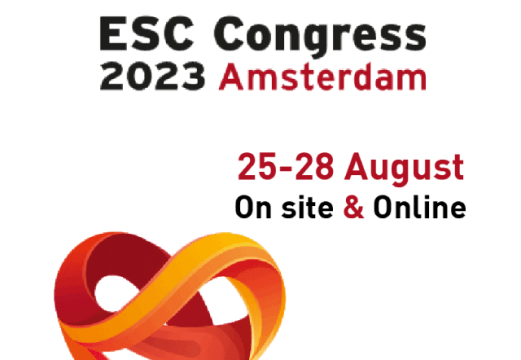Patients over 75 with acute coronary syndrome (ACS) are often badly represented in most significant studies.

In this context, the FIRE study looked to determine whether physiology guided complete revascularization is superior to culprit-only revascularization in elderly patients with multivessel disease suffering acute MI.
The study included SCA patients over 75, hospitalized for both STEMI and NSTEMI, who had received successful PCI of culprit lesion. These patients also presented multivessel disease with at least one lesion in a non-culprit vessel, minimum 2.5 mm in diameter and obstructed between 50% to 99%.
After treating the culprit lesion, patients were randomized to culprit only treatment or physiology guided complete revascularization (PCI to lesions with positive functional tests). Primary end point was a composite of events including death, MI, stroke or new ischemia driven revascularization within one year. Secondary end point was a combination of cardiovascular death or MI at one year. Individual primary end components were also looked into.
Read also: ESC 2023 | BUDAPEST CRT Upgrade trial.
The study looked at 1445 patients from 34 centers in Italy, Spain and Poland. Mean patient age was 80, and 36.5% were women. Primary end point was seen in 15.7% of patients undergoing physiology guided revascularization vs. 21% of patients receiving culprit only treatment (RR 0.73, CI 95%: 0.57-0.93; P=0.01). The number needed to treat (NNT) to prevent an event was 19 patients.
Each of this individual components of the primary end point seemed lower with physiology guided PCI, except for stroke, which resulted in reduced mortality (RR 0.64, CI 95%: 0.51-0.96) and NNT 27 patients to prevent death. There were no differences in safety outcomes.

Dr. Omar Tupayachi.
Member of the Editorial Board of SOLACI.org.
Source: Presentado en Hot Line Sessions, agosto 26, ESC Congress 2023, Amsterdam.
Subscribe to our weekly newsletter
Get the latest scientific articles on interventional cardiology





